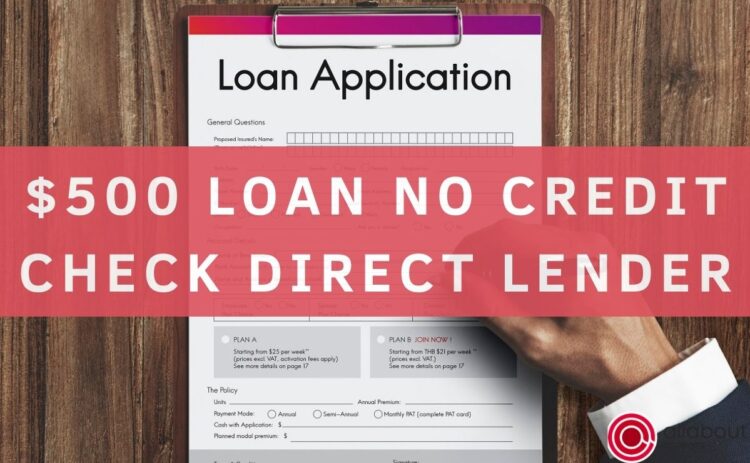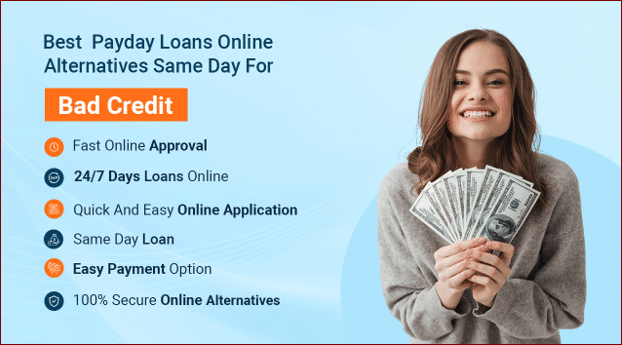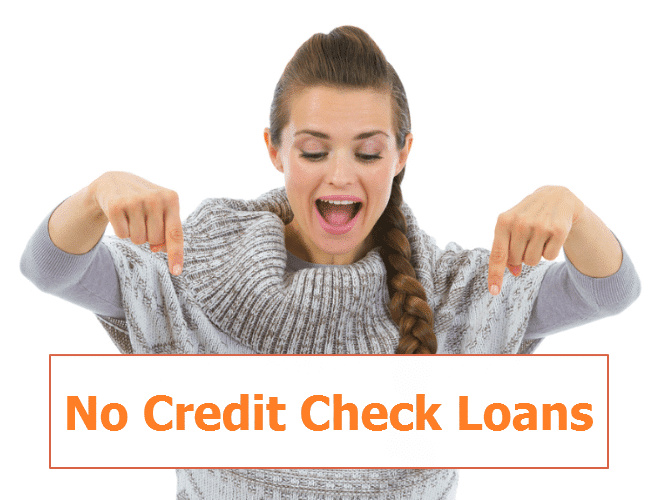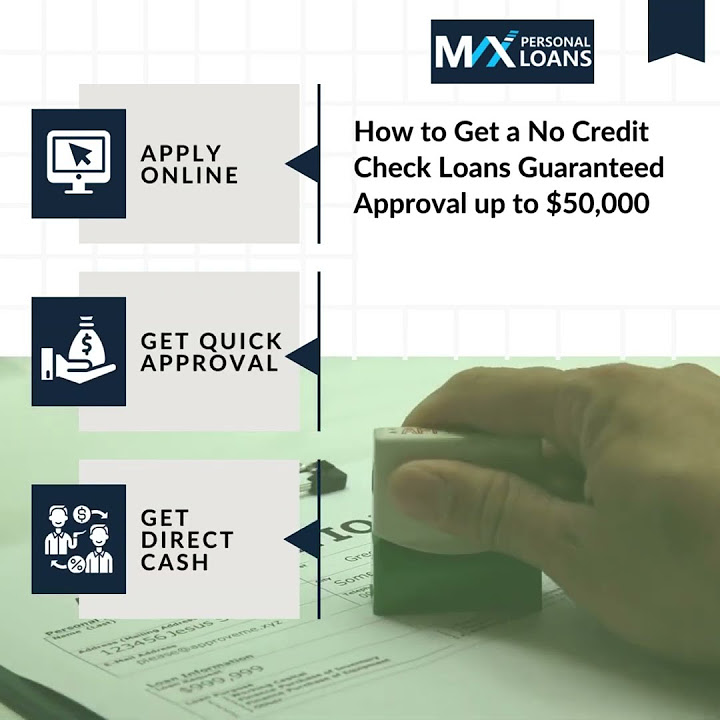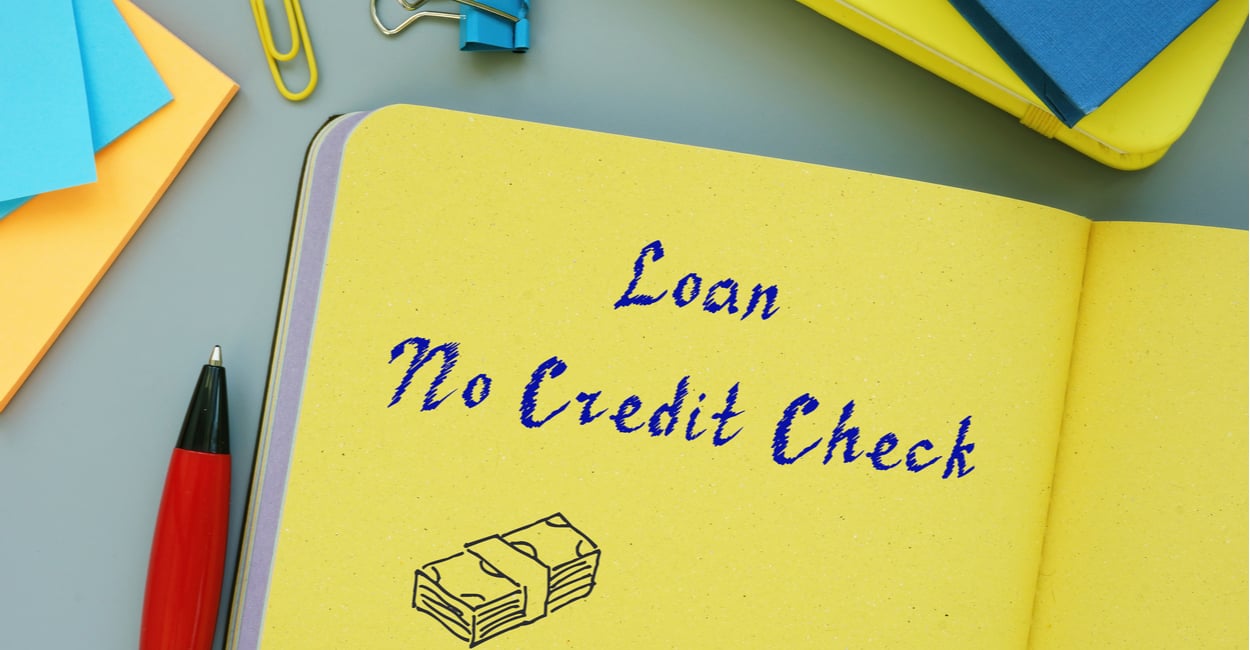Cash Advance Loans No Credit Check Direct Lender

The proliferation of cash advance loans, often marketed as "no credit check" options from direct lenders, continues to draw both borrowers and scrutiny. These short-term, high-interest loans, easily accessible online, promise quick financial relief to individuals facing urgent expenses, but their long-term impact and suitability as a financial solution are increasingly debated.
This article examines the mechanics of these loans, their prevalence, potential benefits, and the inherent risks involved, offering a comprehensive overview for consumers navigating this complex financial landscape. We will explore the allure of instant access to funds while also shedding light on the potential for debt traps and the importance of responsible borrowing.
Understanding Cash Advance Loans
Cash advance loans, also known as payday loans or short-term loans, are small, unsecured loans designed to be repaid within a short period, typically on the borrower's next payday. They are often marketed as a solution for unexpected expenses or financial emergencies.
Direct lenders offer these loans directly to borrowers, bypassing intermediaries like loan brokers. The "no credit check" aspect suggests that approval is primarily based on income and employment verification rather than a traditional credit score review.
This can be attractive to individuals with poor or limited credit history who may find it difficult to obtain loans from traditional financial institutions.
The Appeal and the Risks
The primary appeal of cash advance loans lies in their speed and accessibility. Online applications can be completed in minutes, and funds can often be deposited into a borrower's account within hours or the next business day.
This speed can be a lifeline for individuals facing urgent needs, such as medical bills, car repairs, or rent payments. The lack of a stringent credit check further broadens the accessibility to a wider pool of potential borrowers.
However, this convenience comes at a significant cost. Cash advance loans are notoriously expensive, with annual percentage rates (APRs) often exceeding 300% or even 400%. This means that borrowers can end up paying back significantly more than they initially borrowed.
A study by the Consumer Financial Protection Bureau (CFPB) has shown that many borrowers get trapped in a cycle of debt, taking out new loans to repay existing ones. This can lead to a spiraling debt situation that is difficult to escape.
The Regulatory Landscape
The regulation of cash advance loans varies significantly from state to state in the United States. Some states have strict laws that cap interest rates or limit the number of loans a borrower can take out.
Other states have more lenient regulations, allowing for higher interest rates and fewer restrictions. The lack of federal regulation creates a patchwork of rules that can be confusing for consumers.
The CFPB has attempted to implement federal regulations to protect borrowers from predatory lending practices, but these efforts have faced legal challenges and are subject to ongoing debate.
Alternatives to Cash Advance Loans
Before resorting to cash advance loans, consumers should explore alternative options that may be less expensive and more sustainable. These alternatives could include:
- Borrowing from friends or family: Often, family and friends are willing to lend money at little or no interest.
- Negotiating with creditors: Many creditors are willing to work with borrowers to create payment plans or defer payments.
- Seeking assistance from local charities or non-profit organizations: These organizations often offer financial assistance or resources to individuals in need.
- Exploring personal loans or credit cards: While these options may require a credit check, they typically offer lower interest rates than cash advance loans.
The Human Impact
For many, cash advance loans are not just a financial transaction; they represent a moment of vulnerability and desperation. Stories abound of individuals trapped in cycles of debt, struggling to make ends meet due to the high cost of these loans.
One example includes a single mother, Maria Rodriguez, who took out a $300 cash advance loan to cover an unexpected car repair. After falling behind on payments, she found herself owing over $1,000 in fees and interest, making it impossible to pay off the debt.
These stories highlight the importance of financial literacy and responsible borrowing. Consumers need to understand the true cost of cash advance loans and explore all available options before making a decision.
Navigating the Market: Tips for Consumers
If a cash advance loan is deemed necessary, consumers should take the following precautions:
- Compare interest rates and fees from multiple lenders to find the best possible deal.
- Read the fine print carefully to understand all the terms and conditions of the loan.
- Borrow only what you can afford to repay on time.
- Avoid rolling over the loan, as this will lead to additional fees and interest.
- Seek financial advice from a qualified professional if you are struggling with debt.
The cash advance loan market presents both opportunities and risks. While these loans can provide quick access to funds in emergencies, their high cost and potential for debt traps make them a risky option for many borrowers.
A thorough understanding of the market and a commitment to responsible borrowing are essential for navigating this complex financial landscape. Ultimately, exploring alternative solutions and prioritizing financial well-being are crucial steps towards avoiding the pitfalls of cash advance loans.

